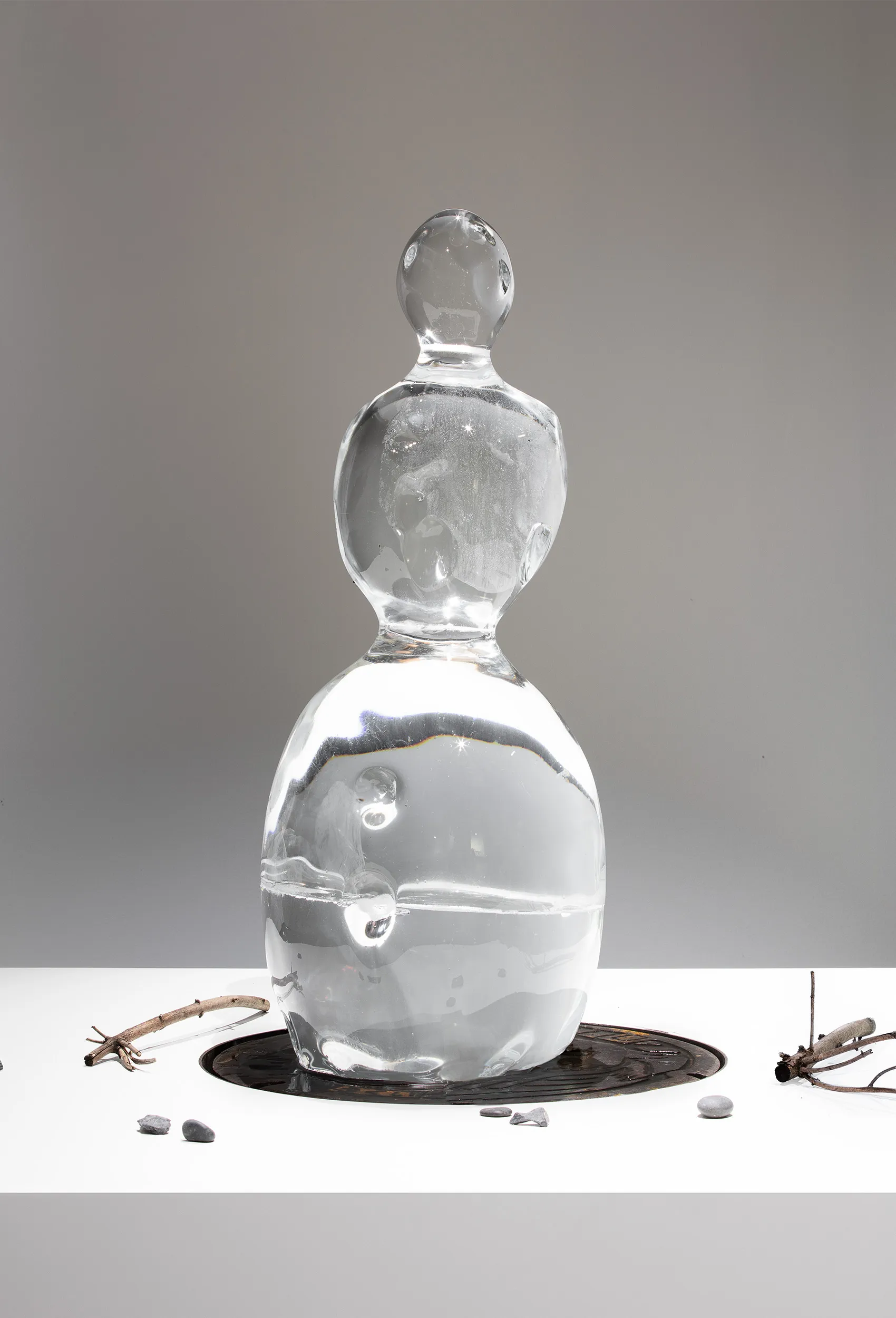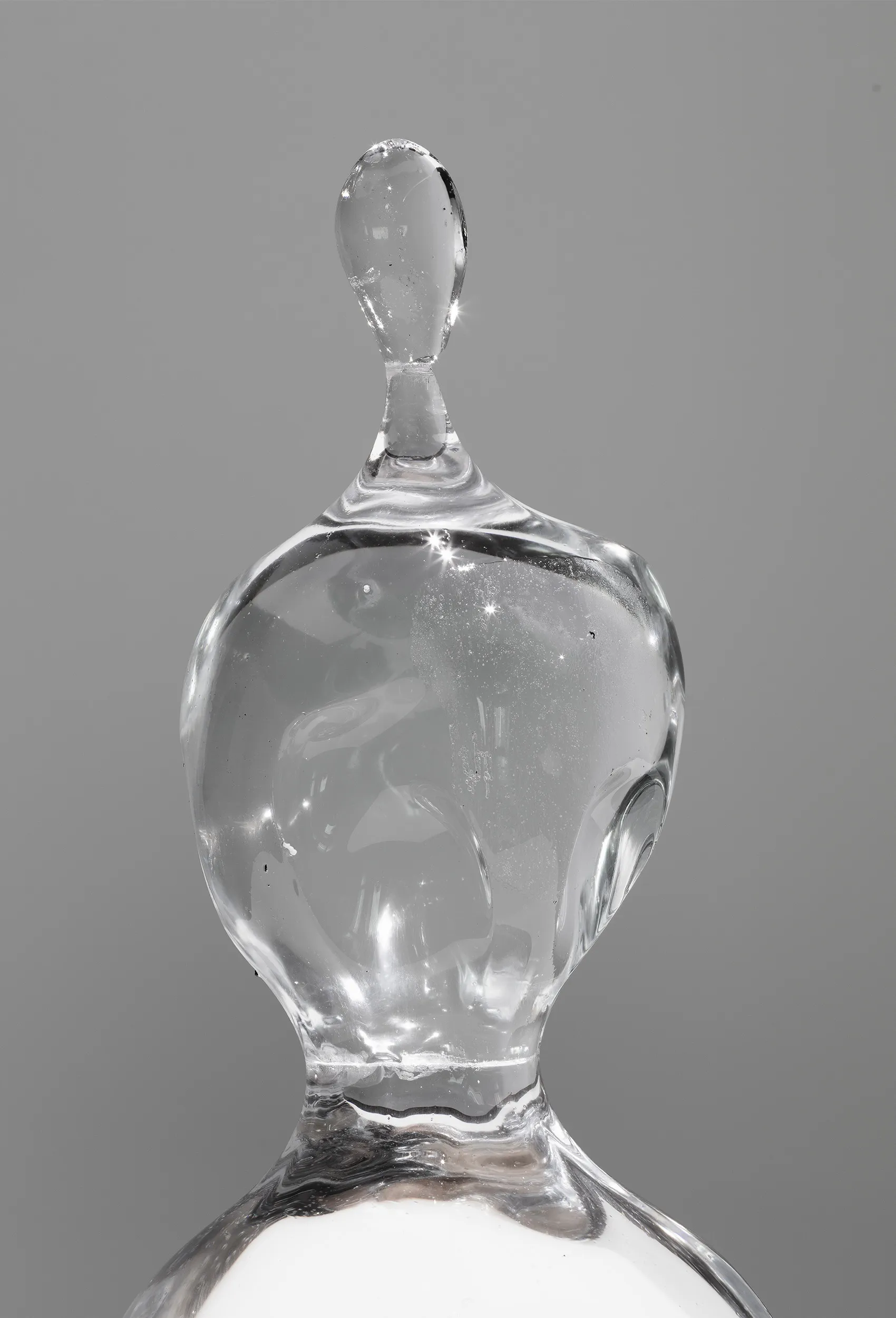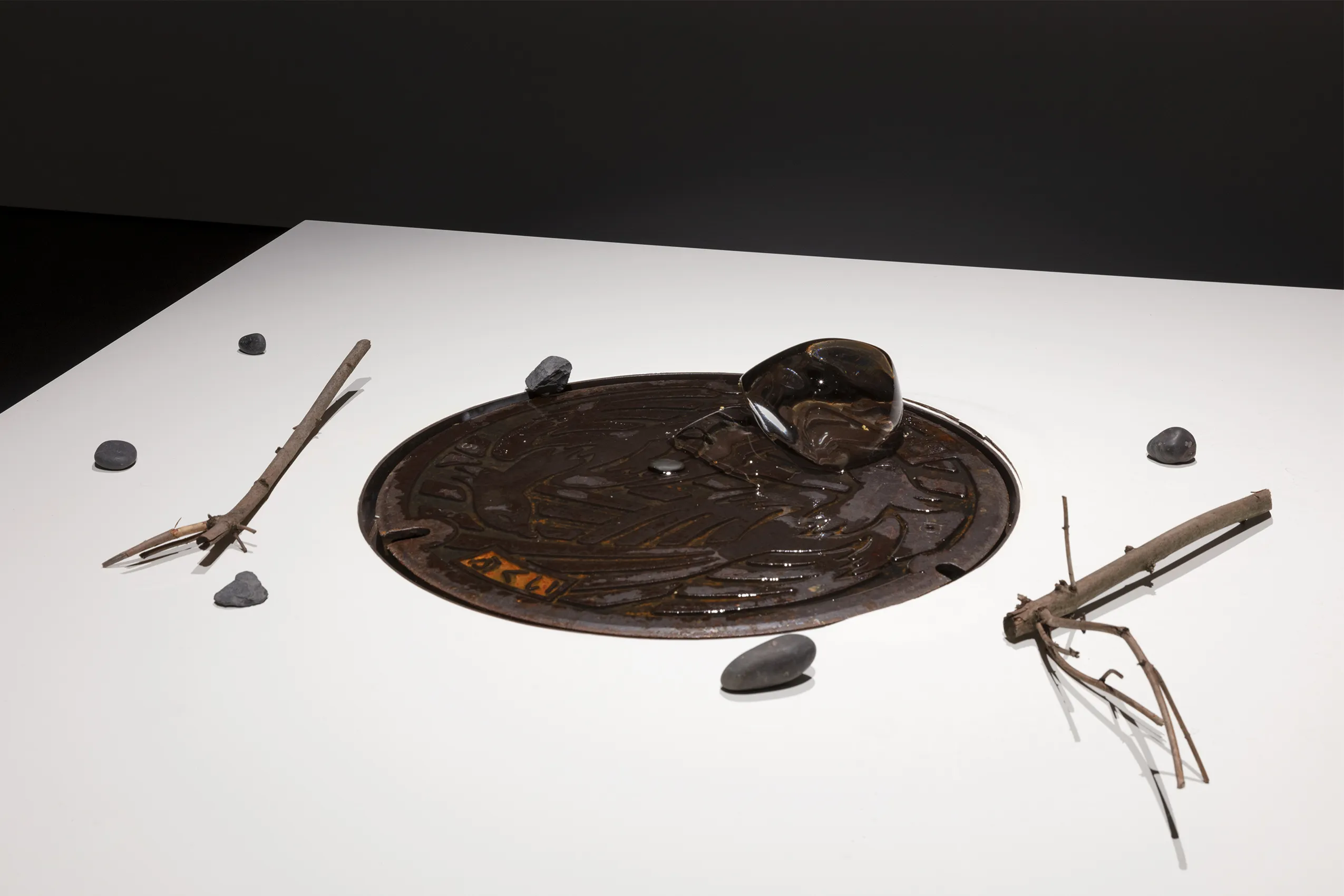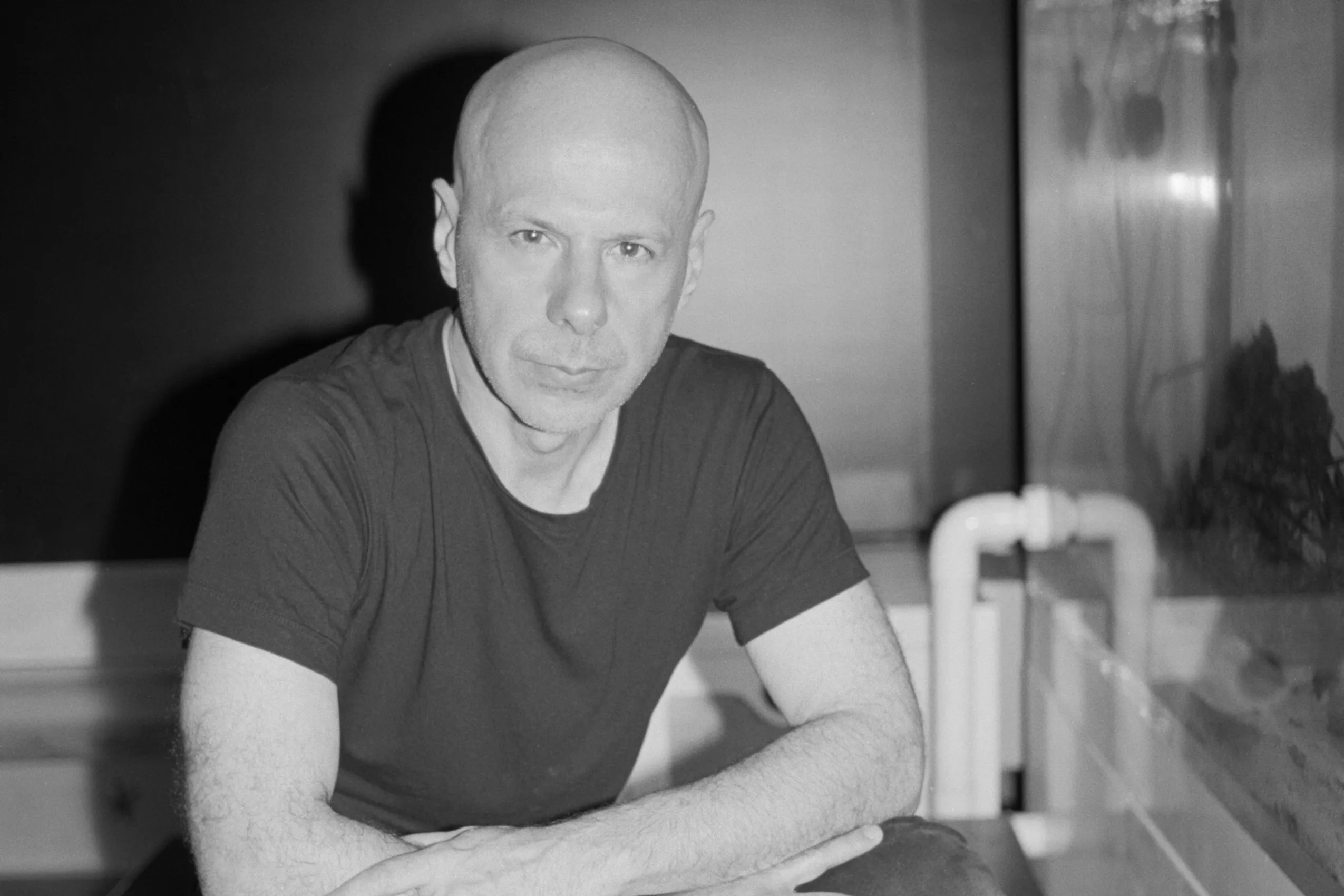Iceman in Reality Park
Philippe Parreno
1995–2019
Sculpted ice, stones, wooden sticks, wooden plinth with found Japanese metal manhole cover, sound installation
Dimensions variable
Winsing Arts Collection
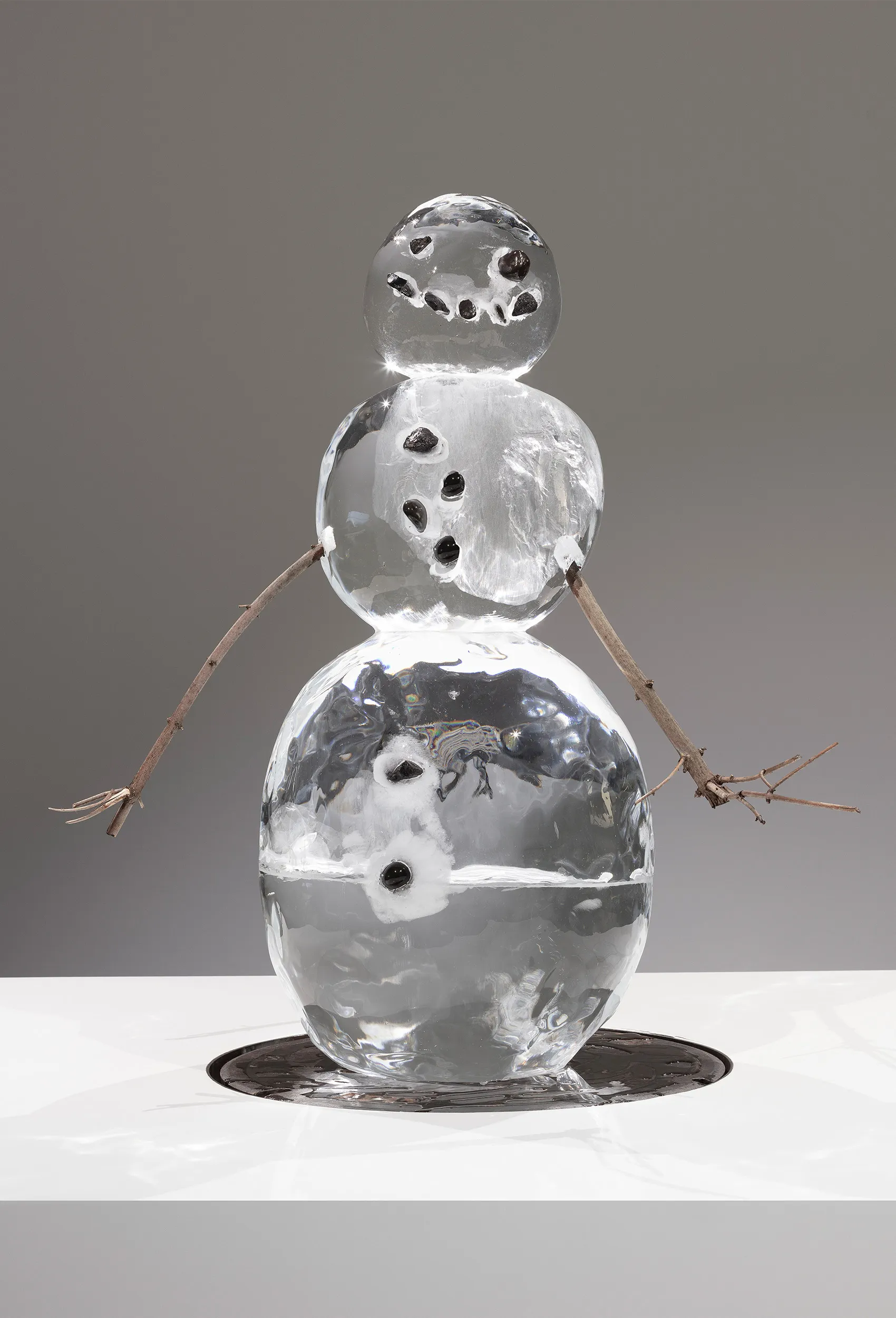
Iceman in Reality Park
Philippe Parreno
1995–2019
Sculpted ice, stones, wooden sticks, wooden plinth with found Japanese metal manhole cover, sound installation
Dimensions variable
Winsing Arts Collection
Iceman in Reality Park was first created for the 1995 group exhibition Ripple Across the Water — curated by Jan Hoet — which turned Aoyama city center, Japan into an outdoor art gallery. Every day just before lunch, in the private park of the Kirin Brewery Company in Minami Aoyama where employees gathered to eat, a refrigerated truck delivered an ice sculpture of a snowman. Every day the sculpture melted and was replaced the next day.
The work reappears twenty-five years later. The ice sculpture of a snowman is displayed on a plinth and melts over the course of a few days. It leaves behind the stones that were once embedded in the ice and the tree branches used for the arms. The amplified sound of dripping water echoes throughout the exhibition space.
The work includes a found Japanese manhole cover; each edition number features a manhole cover with a different motif:
This edition features a manhole cover from the Japanese city of Fukui showing two phoenixes. One theory states that the city chose that as their symbol due to their history of having “risen from the ashes” multiple times after being hit by air raids, floods, and earthquakes. Another theory states that it stems from the city’s history of recovering from an earthquake only to again be hit by a big fire and the two phoenixes symbolizes the two-fold recovery.
Working in a diverse range of media including film, sculpture, drawing, and text, Philippe Parreno conceives his exhibitions as a scripted space where a series of events unfold. He seeks to transform the exhibition visit into a singular experience that plays with spatial and temporal boundaries and the sensory experience of the visitor. For the artist, the exhibition is less a total work of art than a necessary interdependence that offers an ongoing series of open possibilities.

